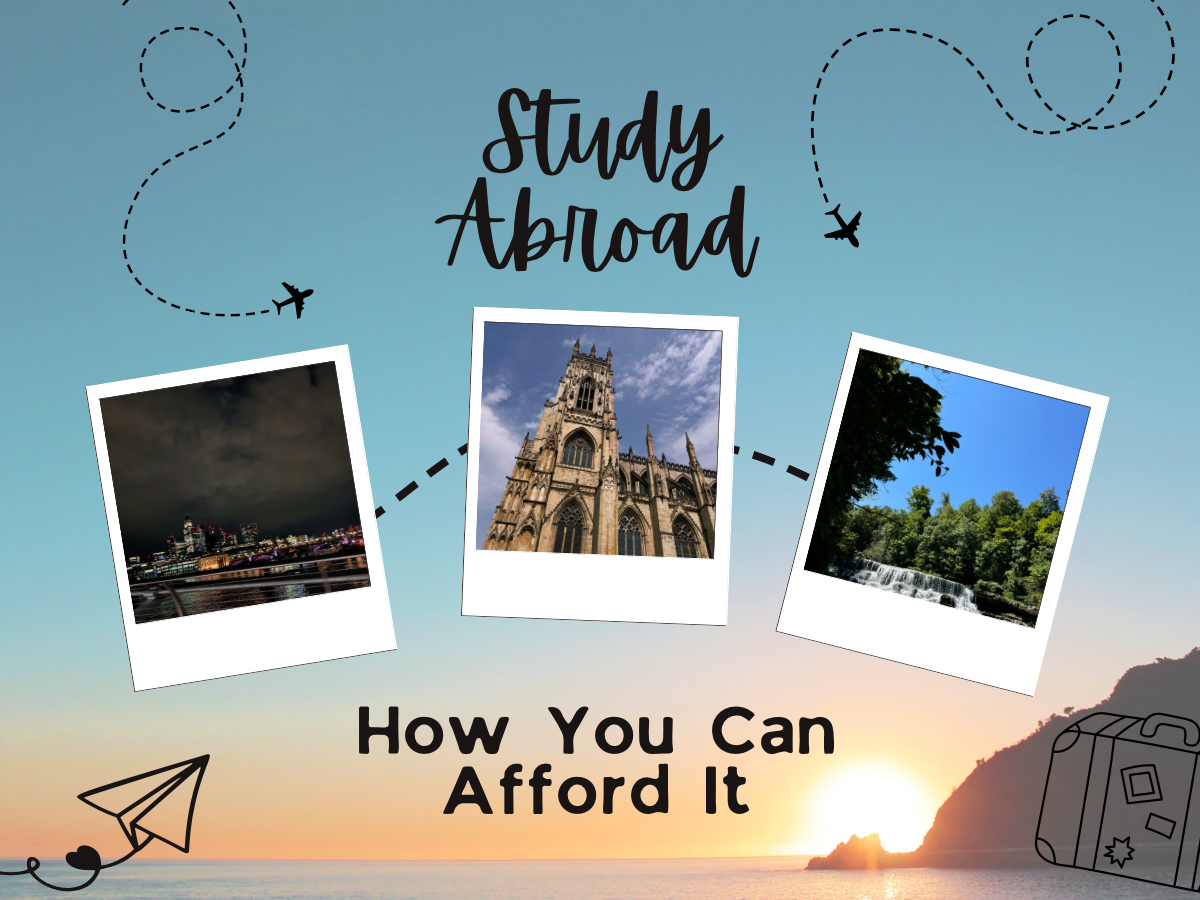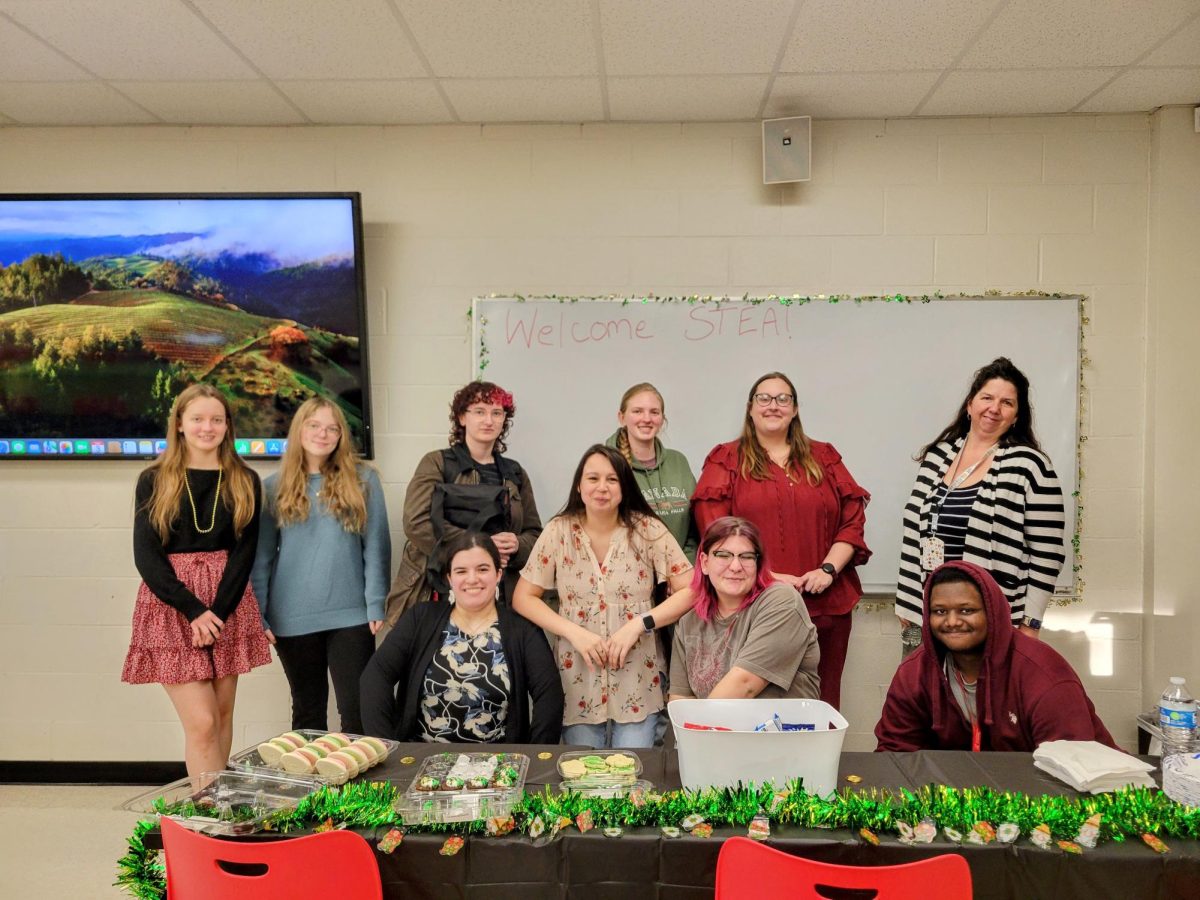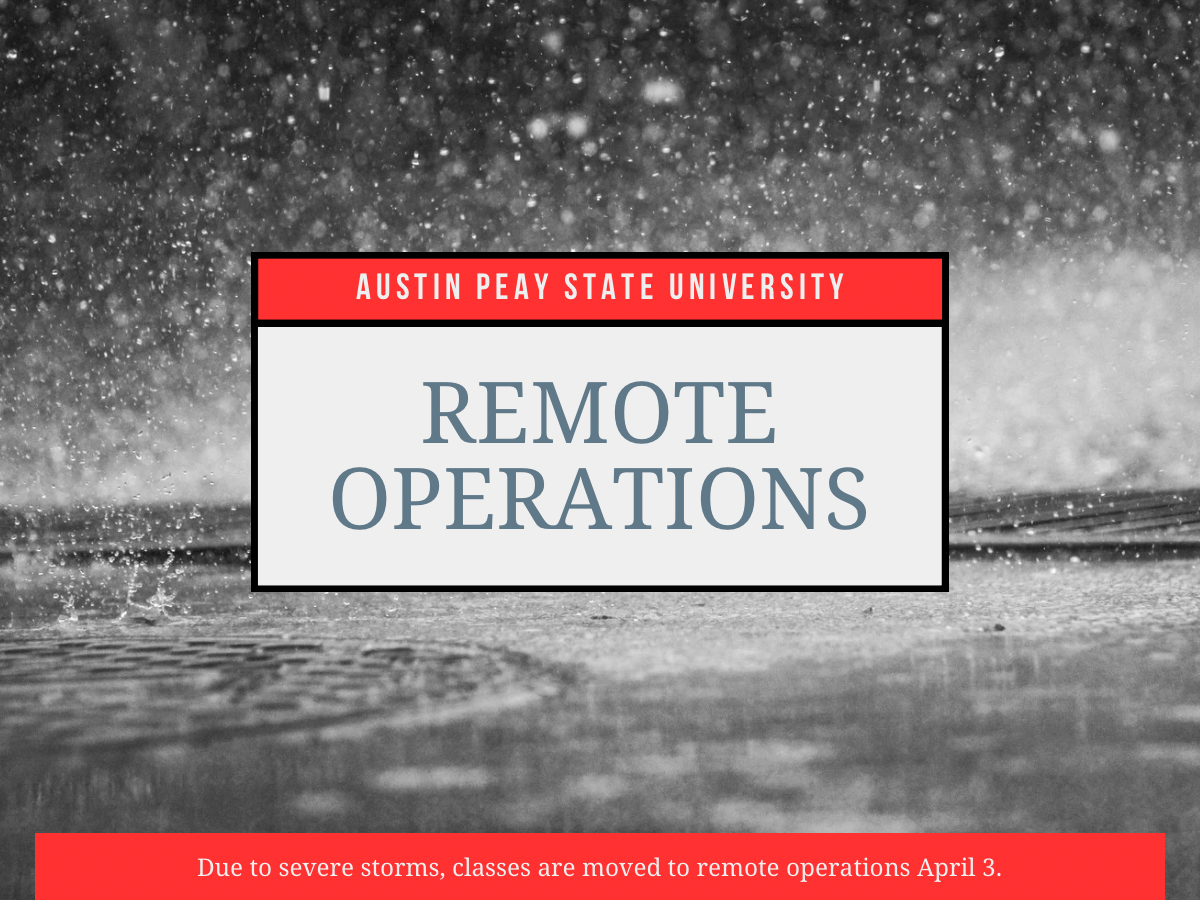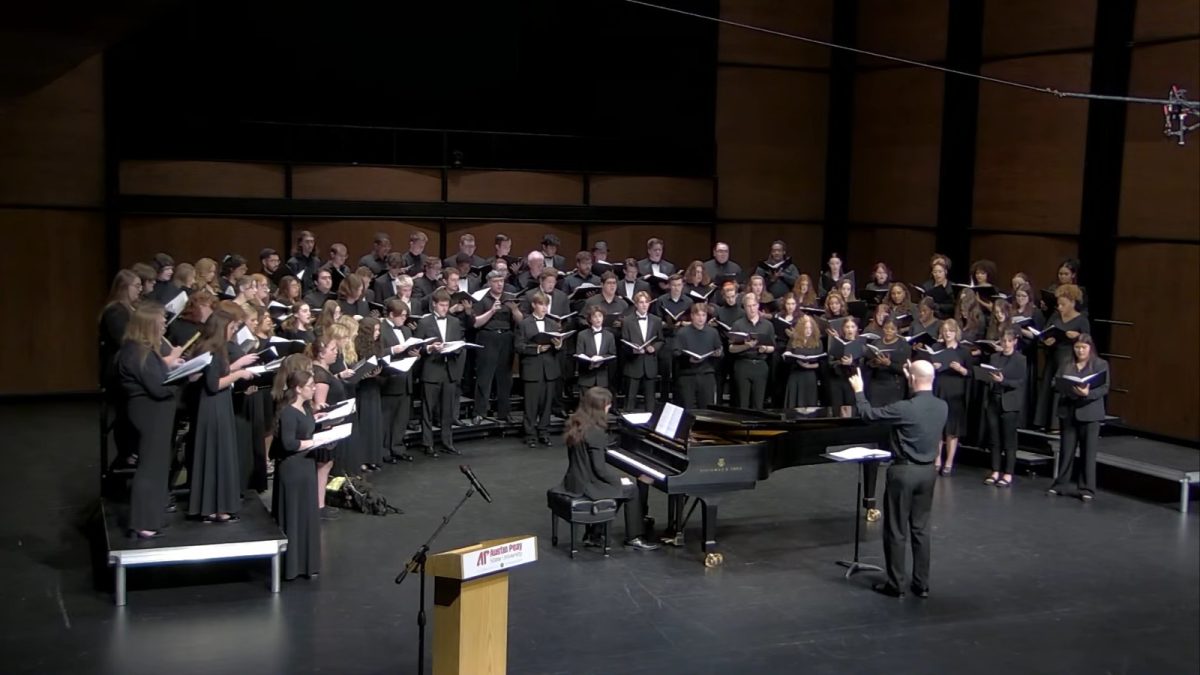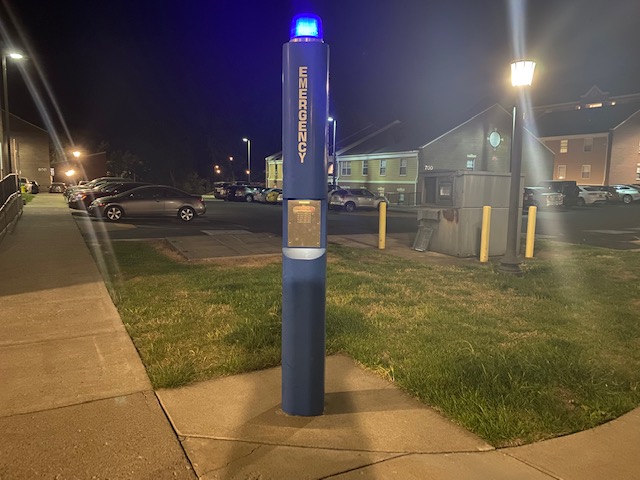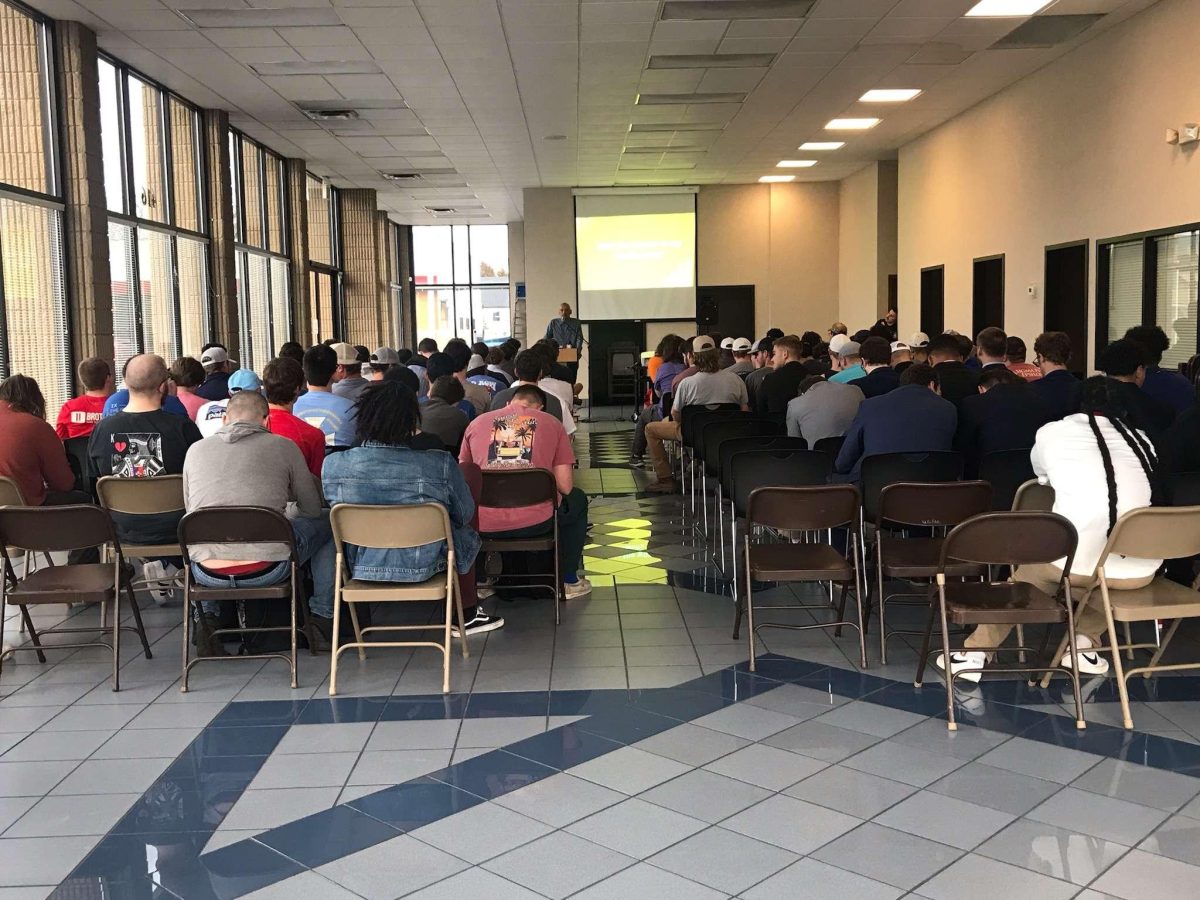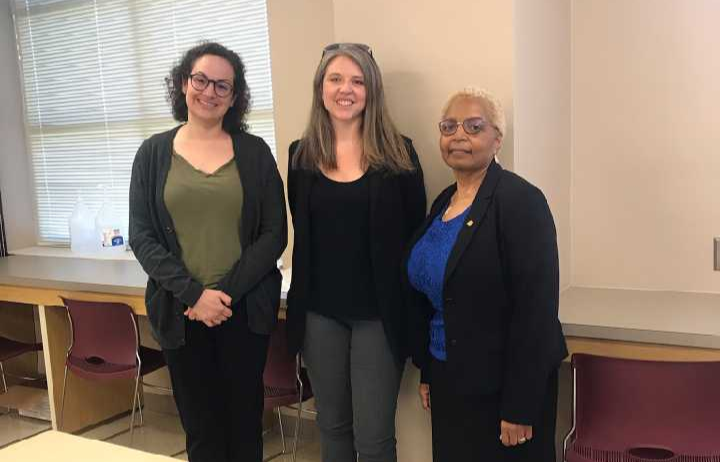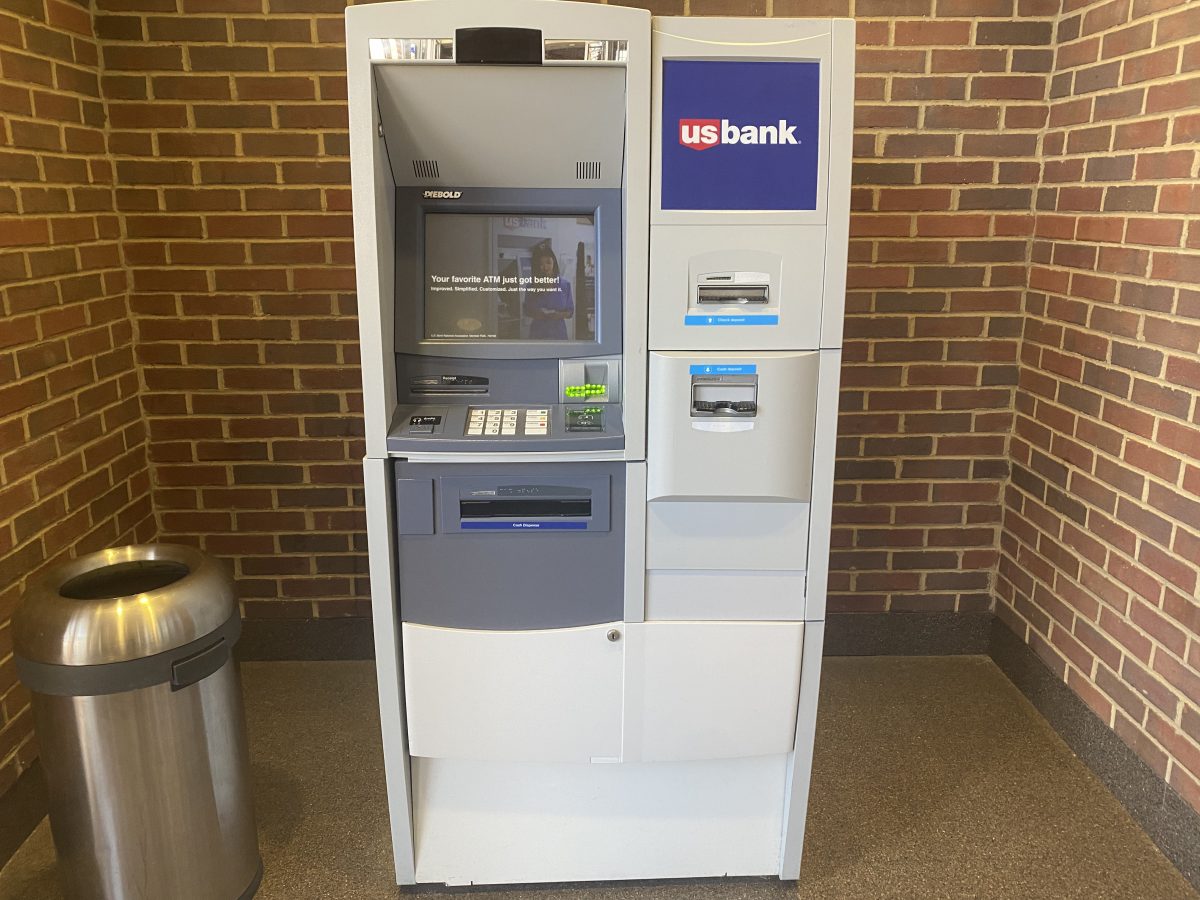How am I supposed to afford that?
This is often the most pressing question in students’ heads when it comes to studying abroad. Sure, a week studying literature in London or a semester exploring another culture in Japan sounds like a dream come true, but the sticker price can feel like a major obstacle.
What if I told you that studying abroad is more affordable than it seems?
The Office of Study Abroad and International Exchange is deeply committed to making study abroad accessible and valuable to Austin Peay State University students. Faculty Chair of Education Abroad, Daniel Shea, broke down some of the misconceptions surrounding the affordability of study abroad.
“The common misconception is that you have to have a ton of money lying around to study abroad. We work hard to make our programs affordable and to help students bring costs down,” said Shea.
This year, a new initiative featuring ‘study away’ programs is one way the Office of Study Abroad is working to make studying abroad more affordable. These programs allow students to travel within the United States, which is significantly cheaper than going abroad.
“There are so many natural, cultural and historical opportunities in the U.S. that will make meaningful educational experiences for our students.”
Another more affordable way to study abroad is to go on a short-term trip. This includes ‘embedded’ courses where students enroll in a normal Spring semester class and travel over Spring break alongside the usual brief trips during the Maymester, winter break and over the summer.
“We find that all of these are important because, in addition to being more economical, they fit well with APSU students’ demanding schedules—many students have work, military or family obligations that prevent them from traveling abroad for more than a week or two, and we want to make sure that we provide opportunities for them,” said Shea.
Scholarships are another way to make studying abroad more accessible to students. According to Shea, close to 100% of students receive the Global Learning Travel Grant—offering $500 to students taking one-week and study away trips and $800 to students taking two-week and longer trips.
Interested students are encouraged to apply for outside scholarships as well.
“I’ve held a couple of workshops to help Pell-eligible students apply for the Gilman and Gilman-McCain scholarships. This year two of our students won substantial Gilman-McCain scholarships. My advice is to apply if you’re eligible.” said Shea.
So, why go to all this effort to study abroad?
“Students don’t come back from our programs saying they had fun—you can have fun at the City Forum or a waterslide park or whatever—they come home saying that their entire view of the world and entire sense of themselves has opened up and deepened. Students get something much more meaningful than just fun—they get insights into new cultures and new perspectives that they’d never thought about before, and they’ve gathered experiences that will shape them for the rest of their lives.”
Study abroad is so much more than just a trip to another country, it is an immersive educational experience that prepares students for whatever their future might hold.

